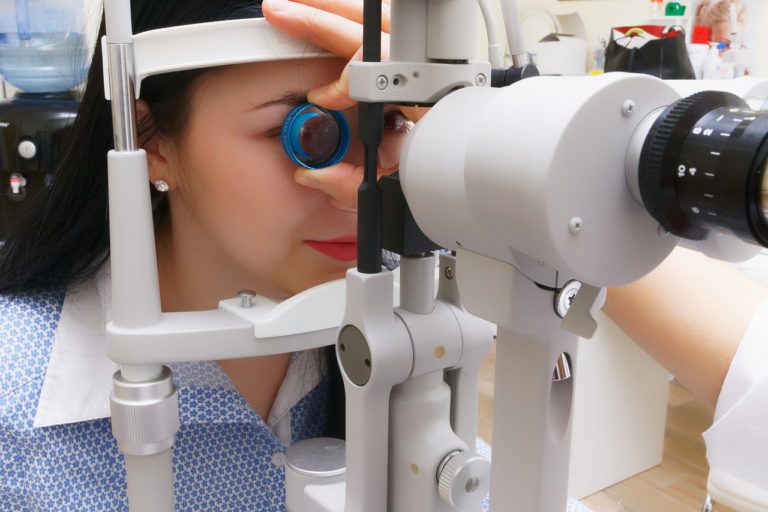The Role of Antioxidants in Diabetes
People with diabetes have an increased risk of developing serious health problems, including diabetic retinopathy – one of the leading causes of blindness in the global working age population. Early detection through regular eye checks is critical to prevent diabetic retinopathy, which is linked to high levels of blood glucose, blood pressure and cholesterol, and to seek timely treatment.
Many non-communicable diseases (NCDs) like diabetes are linked to oxidative stress within the body. That’s when the reactive oxygen species – also identified as free radicals – accumulate in the body over time, resulting in chronic inflammation. Factors that may lead to a person’s risk of long-term oxidative stress are obesity, diets high in fat, sugar and processed foods, exposure to pollution, UV light and radiation, smoking, alcohol consumption, exposure to pesticides and industrial chemicals and emotional stress.
While it is impossible to completely avoid free radical exposure and oxidative stress, there are several things you can do to minimize the effects of oxidative stress on your body. One is to increase the levels of antioxidants and which can reduce the risk of eye diseases and NCDs. Consuming a variety of whole, unprocessed and fresh foods gives us the right amount of essential nutrients. Antioxidant nutrients may not cure diabetic retinopathy, but they may help to promote the overall retinal health and reduce the chance of developing retinal damage.
Eating five servings per day of a variety of fruits and vegetables, like dark leafy greens, citrus fruits and berries, is said to go a long way to provide your body what it needs to produce antioxidants. Some vitamins are also proven to help, i.e., vitamin C, vitamin E, and particularly vitamin A, that has a crucial role in helping to maintain clear vision. Zinc and magnesium are two other essential nutrients that can possibly help to protect your eyes. Some also maintain that Omega-3 may reduce the risk of developing diabetic retinopathy. You can receive this nutrient from flaxseed and fish oil, which is rich with these beneficial types of fatty acids. Be sure to consult your healthcare provider about your specific dietary needs.
Another source of antioxidants that has caught the attention of some researchers and scientists is astaxanthin. Astaxanthin (3,3’-dihydroxy-β,β’-carotene-4,4’- dione, AST) is a naturally-occurring carotenoid reported to have a wide variety of biological functions, including anti-inflammatory, antiapoptosis, antioxidant (10 times higher than that of other carotenoids), anti-cancer, and neuroprotective effects. Astaxanthin is normally present in certain marine species such as salmon, crabs and shrimps but has also recently been found to occur naturally in abundance within the haematococcus pluvialis freshwater microalgae. It’s part of the carotenoid family, which means it may be beneficial for the eyes as well as other organ cells in the body. Astaxanthin seems to be particularly effective in improving blood capillary circulation in the eyes.
Those who plan to consume astaxanthin should choose the natural, plant-based form, as it is scientifically proven through clinical studies done in human trials, which contains higher antioxidant strength. Be sure to follow this good general advice from Dr. Yen Siew Siang, an ophthalmologist at the Eye Specialist Centre in Klang, Malaysia: “The key to a healthy life still lies mainly in a balanced dietary intake, regular physical activity, adequate good sleep, and ability to cope with emotional stress.”









